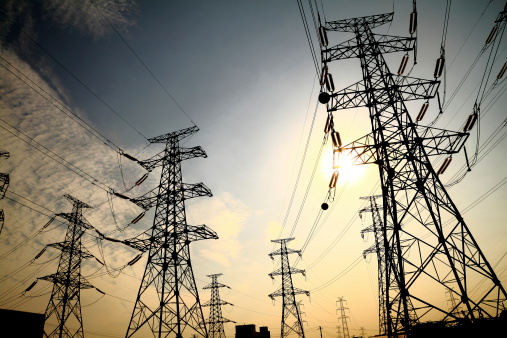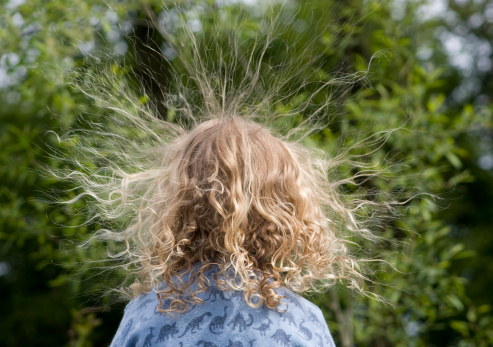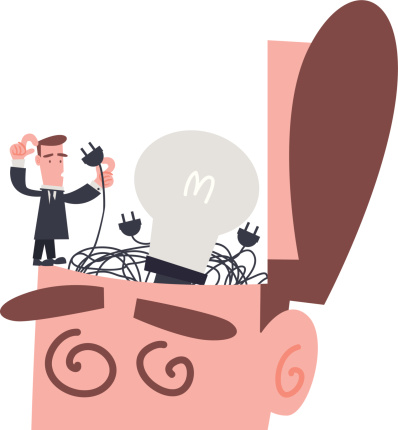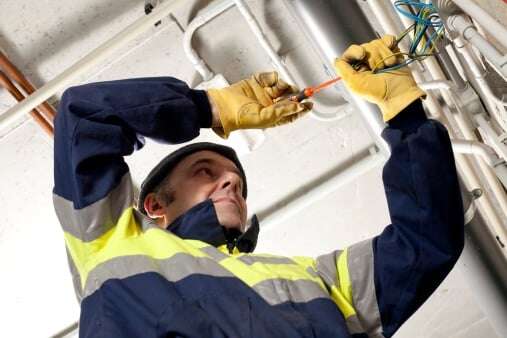 These days, it seems like there's a “dummies” book for every conceivable topic. The premise of this popular book series is, if you know little to nothing about a topic, then you're a “dummy” – no offense intended.
These days, it seems like there's a “dummies” book for every conceivable topic. The premise of this popular book series is, if you know little to nothing about a topic, then you're a “dummy” – no offense intended.
The resounding success of this book series underscores the fact that most of us are good sports and take no offense to the suggestion that we're, say, lacking in knowledge about a topic. And if there's ever a topic that is both known and appreciated by everyone but also a source of deep mystery it's electricity.
At Experts In Your Home, our local electricians regularly field questions from our customers that strongly suggest there have been a few gaps in their learning curve about electricity. But, more often than not, the real “dummy” in the exchange is us because we invariably lapse into an explanation about how electricity results from the flow of electrical charge from one place to another and that electrons must move around atoms...
See? We've lost you already, so we're going to back up and address how electricity flows to your home – something most of us don't give a second thought to as we turn on a lamp, flip on the TV or plug in a cell phone charger. Unless a powerful storm – packing high winds or ice – heads our way, most of us expect electricity to "show up" and work.
The fact is, uninterrupted electrical service depends on many interconnected elements to “work” before it reaches the electrical panel in your home.
Here's how this exciting commodity works:
- Electricity is produced at power plants by huge generators. Power plants rely mostly on coal, but some use natural gas, water and, increasingly, wind. Power plants are spread throughout the country and are connected through an electrical system, which is commonly known as the “power grid.” This link is a good thing, because when one power plant is overwhelmed by demand – especially during the hottest days of summer – another nearby power plant can send electricity where it's needed.
- Electrical current is sent through transformers, which increase the voltage so that electricity can be propelled to its destination.
- The electrical charge travels through high-voltage transmission lines, strung along towers that (let's be honest) are not exactly known for enhancing the landscape. They may not be pretty to look at, but they're necessary.
- The electrical charge arrives at a substation courtesy of voltage, which is reduced so that it can be sent to smaller power lines.
- The charge goes to local distribution lines, where pole-top transformers (sometimes called “step-down transformers”) reduce the voltage once more so that the power is rendered safe for household use. (To the naked eye, these pole-top transformers – which look like a cross and are seen everywhere along roadways – may look more fragile than they really are).
- The electrical charge finally arrives at your home via a “service drop,” passing through a meter that “counts” how much electricity your household uses. This count helps determine how much your electricity bill amounts to every month.
- The long journey is almost complete as electricity flows to the electrical panel in your home, where circuit breakers protect the interior wires from becoming overloaded.
- Unseen but always present, electricity travels through a network of wires in your home, fed through outlets and light switches.
If electricity still seems somewhat mysterious to you, you're not alone. At Experts In Your Home, we work with electricity every day but still marvel at how this scientific wonder “works.” Next time you’re looking for a local electrician, contact one of our experts based in Chico, CA.
In the meantime, download our FREE guide below to learn which electrical jobs you should hire a pro for:








